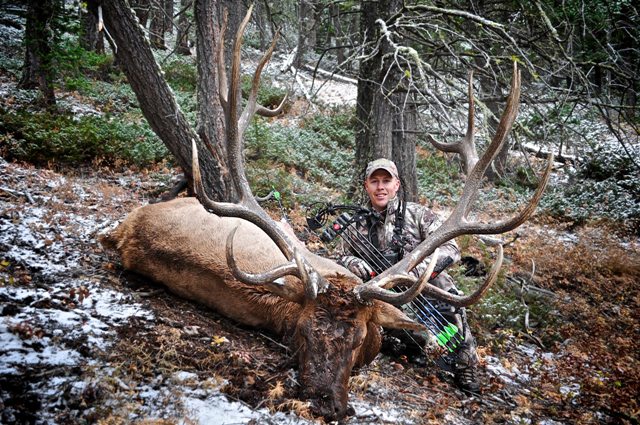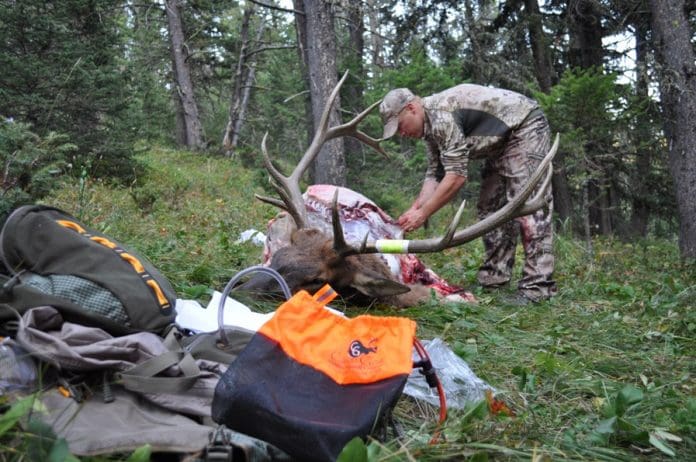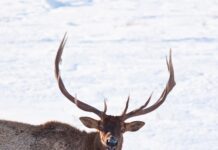Planning a Western Elk Hunt
By Jared Bloomgren, Rokslide Prostaff
One of the most sought after hunts in the United States today is in the pursuit of the Rocky Mountain Elk. Planning a Western elk hunt can be very confusing at best when you stop to think about the whole picture. I am going to take an approach on ways to help you plan a hunt like this, but I am not going to hold your hand on it completely or give you areas in which you should go. I cannot pinpoint that for you. That needs to be up to you (and is the fun part!).
The following are tips and tactics that have worked great for me in the past on various hunts. It all starts with homework! You may be thinking, “I hate homework!” Right? Well this type of homework can bring you a lot of satisfaction!
The process starts with thinking from big to small: State —> Area in the state —> mountain range —> sections
Which state to hunt elk?
There are various states that offer amazing elk hunting. And the best part, there are OTC tags available for fairly decent states where you can draw a tag to help you get on your way. States in which you should check out include but are not limited to: New Mexico, Colorado, Utah, Idaho, Montana, Wyoming, and Colorado. Each of these states offer superb elk hunting and could be the key to your next dream destination! And best of all is the tags aren’t hard to get! Even better right?
When I decide on a state to hunt I like to dig into the regulations and find out the most I can about their seasons. I look at dates, hunt areas, past drawing success, biologist studies, and weather patterns over the last couple of years. Looking back at history can be a great tool to help you locate an area that can be promising.
Next, I will begin searching the internet for information that applies to the area. Remember, not everything you read on the internet is true! One of the best way to learn about each of these states is to do some researching and talking to people. GF&P websites, talk forums, firsthand accounts, wildlife biologists and wardens are a huge source of information!
Talk forums have a wealth of knowledge that can be very useful. Rokslide.com has been known to help hundreds of people become more successful on their hunts. It is no secret!
Call the Game and Fish offices and get names and numbers of the wildlife biologists that work in the area that you are interested in and get their opinions and information on any herd studies that have been done in the past. The game wardens are always a wealth of information if they are willing to share. The first 30 seconds of a call can seal your fate in this so be cordial andrespectful and introduce yourself and let them know what you are looking for. This can go a long ways!
Find areas that have had the best weather and precipitation in years before and up to that of recent. This can drastically change where elk may live. They will always be located in areas that provide good food, water, and bedding areas. This information can be gained from the wildlife biologist or by searching various internet sources.
We would all like to be able to scout an area before a hunt is to take place but this is often not reality. Most hunts of mine are in areas that I have never stepped foot in but when I get there I already know the lay of the land. How is that so? Map recons! Looking over maps are huge assets! I prefer to use things like Google Earth to help me learn a lot about an area. I can locate all the prime ingredients for good hunting country by scouring through areas. You can locate feeding areas, water, bedding areas, and travel areas fairly easily. One program that has helped me a great deal more than any others is OnXMaps. You can purchase the app to use on your smart phone or buy the cards to plug into your GPS. You can purchase the state in which you want to hunt. It breaks down the public and private land and even shows all known land owners. Included are also all other features that you would expect such as section lines, roads, water ways, hunting units, etc…This is hands down the best software I have used to date!
What to look for on the maps?
Look for long sweeping ridges that offer good dark timber for elk. They like the dark timber that offers plenty of shade and a breeze from prevailing winds. This is generally an area where the elk will spend much of their time during the day. There will often times be water or wallows close by that can offer a herd bull a chance to sneak away from his cows in
order to get a drink or to wallow without him having to worry about his cows wandering off. If you can find a place like this, you are in for a real treat!
Look for active streams that will offer fresh water for the elk when they move about at night. These low lying areas also offer ample vegetation due to the abundance of moisture. Elk will water daily so these can be great transition areas to catch elk when they are moving from a bedding location to a feeding location.
Look for open meadows that are easily accessible from a good bedding area such as a ridge-line with dark timber that was mentioned above. Elk like to spend time in open meadows that offer feed during darkness. This is a place where not only eating takes place and the big bulls know that as well! Think of it as an all you can eat buffet with sniffers row in the same venue!
Look for areas that make travel easy for elk. This can be sparse forested areas or abandoned or closed logging trails/roads that allow the elk to move about freely. They can be quite lazy and will often take the path of least resistance. But that is not to say that I haven’t seen them in the middle of a deadfall area as well; usually only because there was good feed in the area.
So we have talked about the areas to look for and how to go about finding them as well as the best ways to learn all you can about the area. But what about the style in which you should hunt? Should you plan to pack in away from the trailhead and set up camp or should you return to the trailhead each night and have a camp there? This can be a pro vs. con argument.
The Pack-In Hunt
This style of hunting will allow you to get in and away from other hunters. Elk often like to move around away from roads and trails so getting back in off the beaten path can prove very successful. However, you will need to take into account the added things that go along with this. Deciding what to carry in your pack is very important. Having enough food, water, clothing, a sleeping bag/mat, bivy/tent, etc… The list can get quite long. You can plan for just a couple day trek or a week long excursion. As long as you know where the elk are and you don’t have the option of packing in daily this is a very rewarding hunt and my favorite.
Trailhead/Basecamp Hunt
This style of hunting will allow you a bit more luxury items if you will. You may have the option to sleep in a tent or camper each night or the ability to cook a hot meal and take a shower. All obvious pros to this style. Each morning you decide what you want for the day and you set out with the idea you will return each evening to regroup and repack your pack. Keep in mind this is for when you are hunting elk that aren’t far away from the trails and roads and require a short hike to get to them. But this will also mean that usually you are hunting higher pressured elk that know hunters are in the immediate area. Big bulls are smart and often times they become very quiet once pressured. Hunting elk that are located farther off the beaten path can be easier to hunt.
Both worlds
Combine both styles if you will. I once hunted an area that had high pressure and the elk moved around a lot during the day. Going back to a camp each night meant I had to wake up even earlier to get to the elk. This meant that it took me longer to locate them each day which also meant less time to actually try to kill the big herd bull. He became quiet after he had seen me the 2nd day of the season and over the 10 days of hunting him, I threw everything I had at him. Nothing would bring him in for a shot. Either I wasn’t doing anything right or he was just smart enough to know better. I like to think the 2nd half of that statement was true.
I decided to get radical. So after a couple of days of realizing that I was losing time hiking in and out, I decided to bivy each night. I would locate the elk by sounds throughout the night and early in the morning and move in on the herd as it became light. Throughout the day I would shadow the herd just hoping to get a crack at the big bull. When they would bed for the day I would remain close by keeping a watchful eye and hope to catch the bull leaving to wallow and get a quick drink. I was never in the right spot it seemed. When the winds would begin to switch I would move my position as to not blow them out of the country. I knew I’d only get one chance at this big bull and I didn’t want to ruin it. When it got dark I would find a place to get some shut eye and set up a quick bivy camp and grab a bite to eat.
After about three days, I would head back when the herd bedded for the day and restock up on food and water and return back before they were up and moving. This technique eventually led to getting a shot at that bull only to watch my arrow sail right over his back. Gotta love those branches that always seem to jump out and deter your arrow! But I would have never gotten the shot on that bull if I wouldn’t have used these techniques. Adapt and overcome!
When planning your hunt, you just need to ask yourself a few questions, “What kind of experience do I want? What do I need to do to get the opportunity that I am looking for?” There are many other styles of elk hunting as well. Hanging a stand over a well used wallow early in the season can also be very beneficial. This has proven effective as well for me. In the early part of the season the bulls are not very vocal and can be hard to find. But locating active wallows that are tore up can be easy to find if you are in the right area. Hanging a stand or building a blind works very well. Take into account the thermals and wind directions and set-up accordingly. I like to be settled in before 3:00 PM in the afternoon and call sporadically with a cow call to simulate a lost cow looking for a herd.
This can bring a bull in to take a look. He already knows the wallow is there and he may be thinking about taking a mud bath. Hearing a lonely cow near that area can pull him right in. I remember settling into my stand last year and after a few mews I heard the first bugle of the year. Fifteen minutes later that bull bent his neck down to smell the wallow. Mere seconds later, a 438 grain stick punched right through his boiler room! Why? Because I took advantage of the weather and what the terrain had to offer at these times.
Solo or Partnered?
This comes down to each individual. I like to hunt on my own as I am only responsible for my actions. I can make the decisions that I want to make without having to worry about the other person or people. But if you can find someone that hunts much like you then it is a great thing! I have been fortunate to find a couple of people that I can relate to like this and I am very fortunate of that! When it comes to calling it is always nice having someone with you as one hunter will call while the shooter positions himself ahead where the bull will likely come from. When the bull arrives he is looking beyond the shooters position for the sound of the calling often times pulling that bull right into the shooters lane. Nothing beats being there and doing it alone but it is also nice to have those with you to help call and that can help you pack out an elk. Especially when it is on the warmer side and the meat needs care quickly.
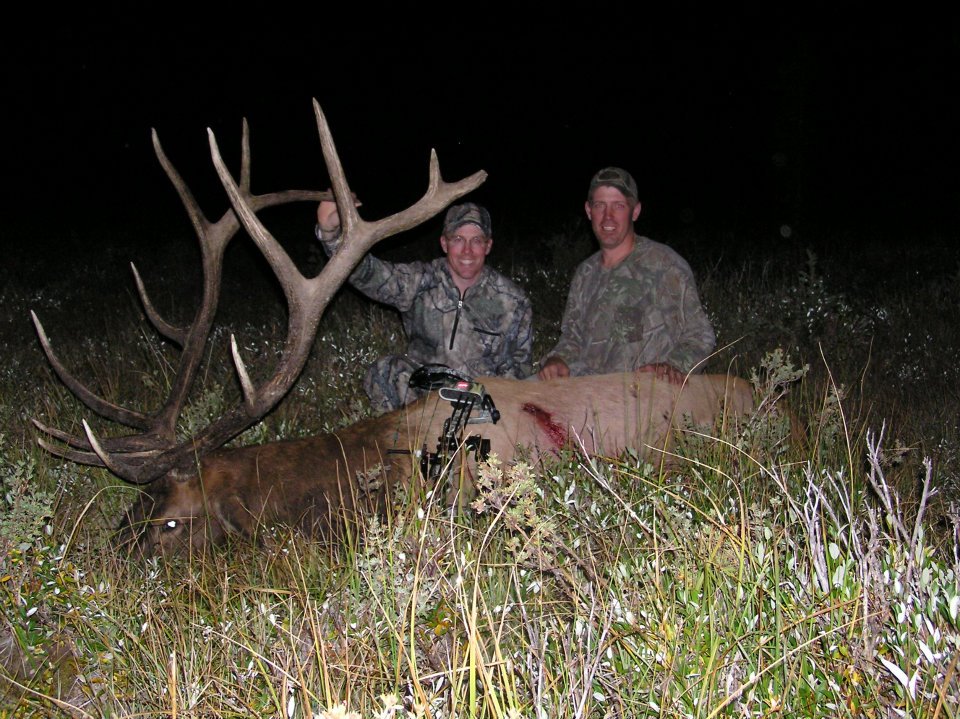
Plan for the Pack Out?
You also need to have a plan for packing out that elk meat. A mature elk can carry more meat than four big mature mule deer and even more whitetail! Be prepared to take care of the meat as soon as that elk is on the ground. Use good game bags to help keep the meat clean and that will allow the meat to cool. Use good packs that can carry plenty of weight and also have plenty of room! Be cognizant of the weather as well. The warmer it is the faster you will need to act to take care of that meat to prevent spoilage. A rule of thumb that I have used is that if it is less than 40 degrees, generally a downed bull’s down side meat will be fine over night. If warmer then you have the risk of that meat on the bottom side spoiling. That is why, if at all possible, you get the meat taken care of right away. Quartering the elk and hanging the meat from trees to cool over night and returning the next morning is a great idea if possible. If you have access to horses, mules or llamas, I am jealous!
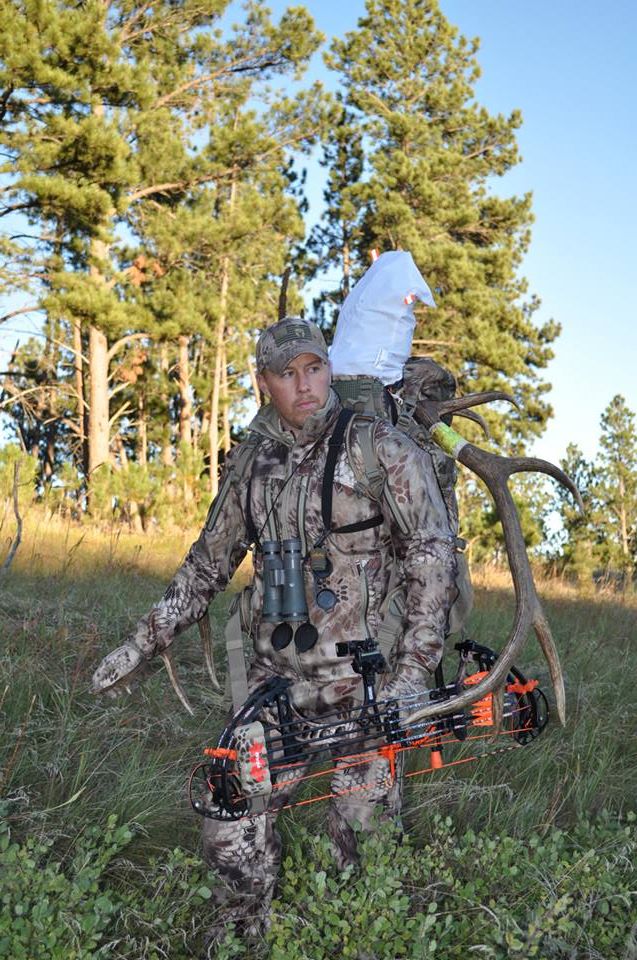
Using the above information can help you plan a western elk hunt that will treat you with lots of great memories. Don’t hesitate to get out there and take advantage of our right as a red-blooded American and to live the life that we as hunters are meant to live! Trial and error is a beautiful thing when it comes to hunting. It just hones your skills for future years to come. Only you can make your dreams become reality! Good luck!
You can discuss this article or ask the author questions here
